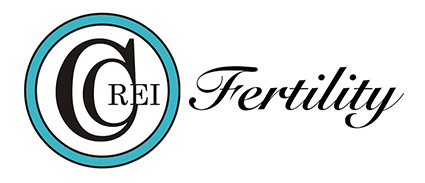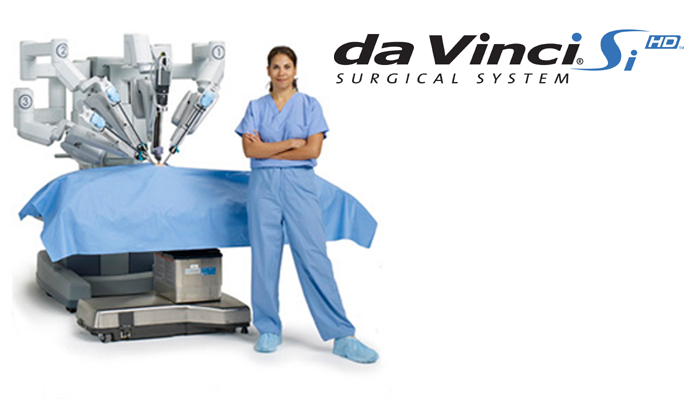Reproductive Surgery
Treating Anatomical Infertility Problems
Some conditions affecting fertility cannot be treated with medication, and surgery is required to repair the problem. Surgery may also eliminate the need for advanced treatments such as IVF and other ART services. Surgically treatable causes of infertility include fibroids (myomas), cysts, polyps, adhesions, endometriosis, tubal blockage, hydrosalpinx and birth defects. The decision to undergo surgery is a very personal one and your doctor will discuss the advantages and risks with you.
Tubal Reversal (Reanastomosis)

Women who have had their tubes tied may later decide to try and conceive children. Tubal reversal is a highly successful procedure when performed by an experienced surgeon. Tests will be done to determine how much tube remains, evaluate the ovaries and sperm and compare the benefits of a tubal reversal to in vitro fertilization, along with other analyses. The procedure is performed through a small (3-4 inch) incision. The cauterized tissue is removed and the tube ends are re-attached with delicate sutures. An overnight stay in the hospital is required.
Hysteroscopy
Hysteroscopy is a way for the physician to view and often correct problems in the uterus and part of the fallopian tubes. After the area is cleaned and numbed with an anesthetic, the cervix is gently dilated and then expanded with gas or fluid. A thin tube with a camera and a light, called a hysteroscope, is then inserted so the physician can examine the uterus. The technique is used most often for the repair or removal of polyps, uterine fibroids (myomas), intrauterine adhesions, IUD retrieval, müllerian anomalies and uterine septum.
Robotic Laparoscopy
Robotic surgery is the latest advancement in minimally invasive surgery. With this platform we are able to preform complex pelvic procedures with extreme accuracy with three dimensional views. This type of surgery eliminates the surgical restrictions imposed by conventional Laparoscopy with regards to wrist movement. This enables completions of complex procedures such as endometriosis resection and fibroid removal. Myomectomies (fibroid removal) are no longer an open procedure (C- section incision) but now an outpatient procedure with small 1 cm incisions on the abdomen. Recovery is quick with minimal time off work. Pelvic pain with endometriosis is significantly improved and mostly eliminated when resections are optimal with this platform.
Laparotomy
This is a less common procedure that requires a larger incision (1-4 inches) for greater visibility of the organs. A benefit is that the doctor is better able to see any abnormalities, but recovery takes longer. Laparotomy may be appropriate for tubal reversal and repair and fibroid removal (myomectomy).
Neosalpingostony
This is a laparoscopic procedure for the treatment of hydrosalpinx, a condition in which the fallopian tube is blocked and filled with fluid. A neosalpingostomy folds back the blocked end of the tube. The procedure is only recommended for a small group of patients. Those most likely to respond well to treatment are younger women with small hydrosalpinx, although even then the tubes may close again.
Ovulation Induction
Varying doses of fertility medications (hormones) are given to stimulate egg production and make ovulation more predictable. Clomiphene citrate (Clomid) is usually tried first, followed by higher doses or injectable human gonadotropins if treatment fails. Fertilization may occur with intercourse, intrauterine insemination or other artificial insemination methods.
Menstrual Irregularities
Hormones may also be given to regulate the menstrual cycle for patients with irregular or absent menses, abnormal uterine bleeding (AUB), progesterone problems, fibroids, polyps, cancers or precancers, thyroid dysfunction and other conditions. Tests will determine whether hormones or other treatment methods such as surgery are appropriate.
Polycystic Ovary Syndrome (PCOS)

PCOS (also called Stein-Leventhal Syndrome) is the most common endocrine disorder among reproductive-age women. It is characterized by chronic inability to ovulate (anovulation) and elevated male hormones (hyperandrogenism) resulting from an imbalance of hormones in the ovaries that disrupts egg production. Symptoms include infrequent or absent ovulation or periods, excess facial or body hair, male pattern baldness, acne and infertility. It is common for patients to also suffer from other endocrine problems such as insulin resistance and diabetes.
The causes of PCOS are unknown and the condition is currently not curable, but treatments are available to manage symptoms and improve fertility. Weight loss is often recommended to overweight patients before trying fertility medication. For healthy-weight women and those who are not helped with weight loss, low doses of the fertility drug clomiphene citrate (Clomid) are given to stimulate ovulation. The dose may be raised if this proves ineffective. If this does not work, stronger medications such as gonadotropins are administered by injection. Only after the failure of medications will IVF be pursued.
Patients diagnosed with insulin resistance may be helped with insulin-sensitizing medications such as Metformin (Glucophage). These are intended to balance the body’s insulin levels in order to regulate ovulation and decrease male hormones. About 75% of patients are able to ovulate spontaneously or with Clomid after about three months of treatment.



Follow Us!